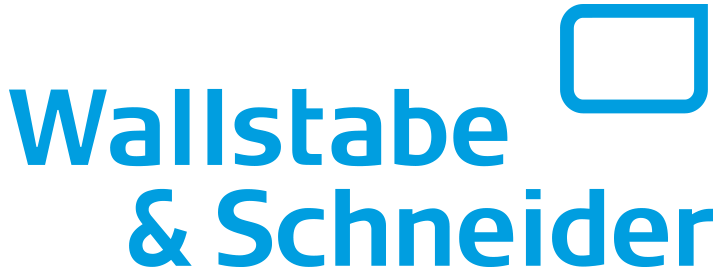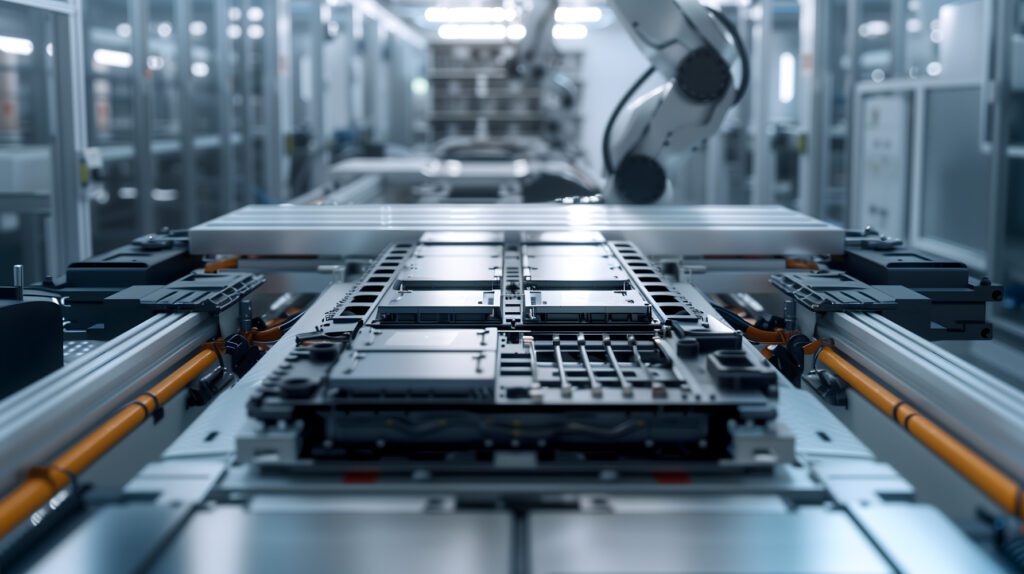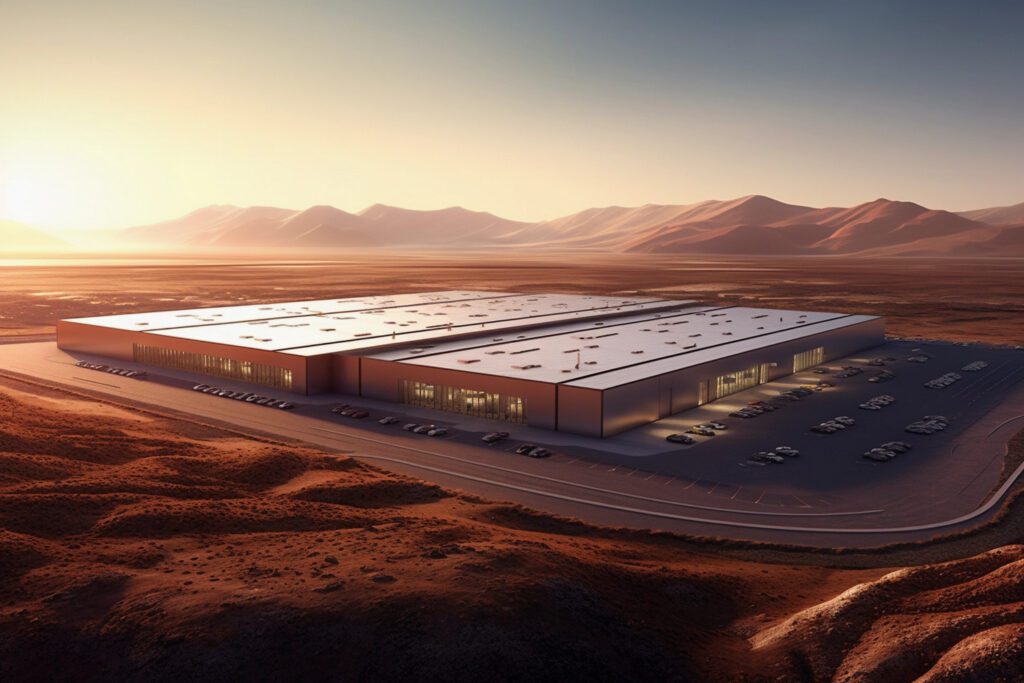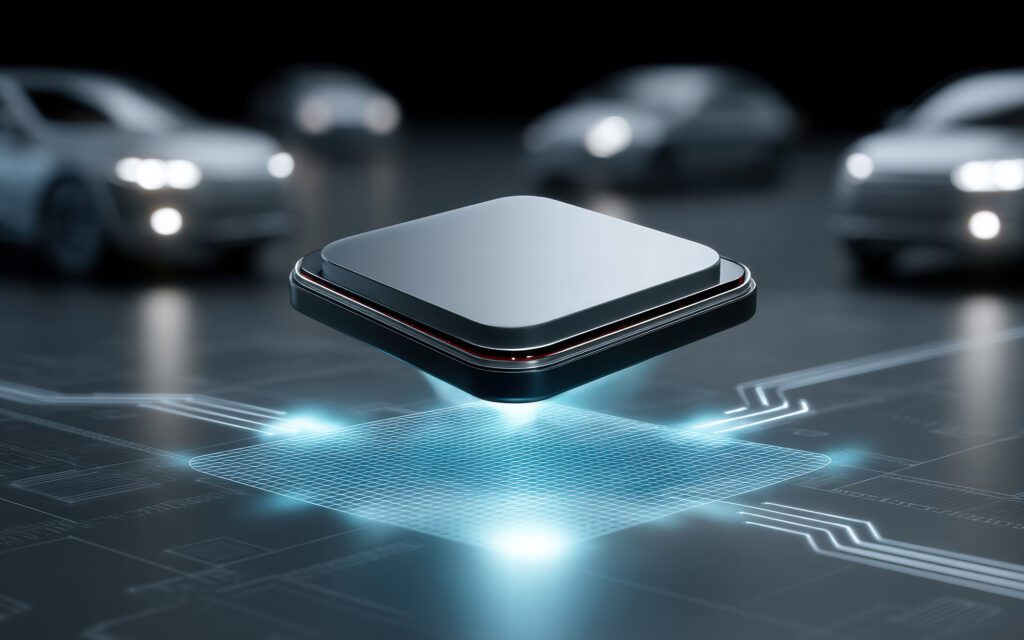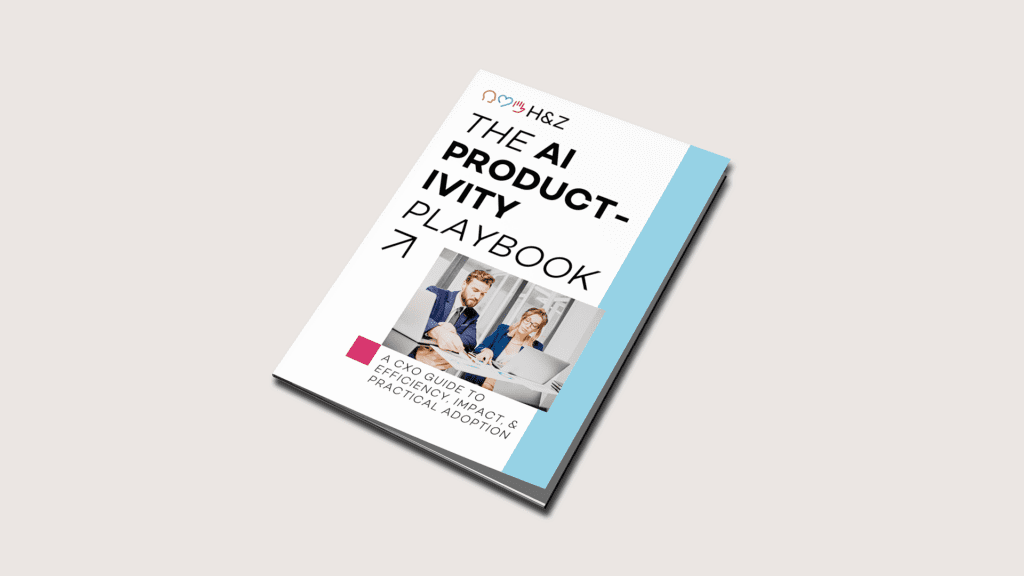Automotive Consulting

TRANSFORMING AUTOMOTIVE TOWARDS SUSTAINABLE COMPETITIVENESS
Rethinking automotive to drive profitability and resilience
The automotive industry has entered a decade of unprecedented challenge and innovation: OEMs and suppliers alike are driven by technological disruption, rapidly changing customer needs and requirements while pushing for sustainable solutions and – especially in Europe – the strategic need to drive circularity.
Geopolitical uncertainty puts global supply chains to the test for resilience while new and established Asian players – especially from China – aim to reshuffle the long-established balance of power among incumbent OEMs from Europe, Japan, and the United States of America. Today, software defines vehicles, and smartphone manufacturers become OEMs. This is automotive transformation in a nutshell with legacy business models, vehicle portfolios, and related strategies no longer delivering.
Our automotive industry experts at H&Z support our clients to navigate uncertainty towards the mobility of tomorrow. Together, we transform. We develop and implement cutting-edge strategies and envision innovative products, services, and business models that add the competitive edge needed to win.
More than 25 Years of Experience
HOW WE TURN YOUR LIGHTS GREEN
When working with companies in the automotive industry, H&Z focuses on three areas that are important for successfully positioning themselves for the future and that are closely linked to our many years of experience from numerous projects.
Companies in the automotive industry are facing profound changes that require clear decisions and strategic foresight. It is crucial to develop a business model that enables growth and is robust enough to successfully manage transformations. This includes a future-oriented corporate strategy, new business models and a clear focus on technology and innovation initiatives. Professionally managed product lifecycle management and an excellent and efficient engineering organisation ensure that value creation is secured in the long term.
Many automotive companies are under significant pressure to improve efficiency and reduce costs. Profitability can be increased in particular by precisely addressing sales potential, consistently reducing product costs and setting up efficient purchasing organisations. Location decisions, overhead structures and working capital also have a significant impact on financial stability. The key is an operational and strategic orientation that creates transparency, enables rapid effects and at the same time ensures long-term improvement.
Changes in customer behaviour and digitalisation require a rethinking of sales and after-sales. Companies benefit from holistic solutions that focus on customer expectations and align organisations and processes accordingly. These include modern CX analytics, differentiated user profiles and meta-personas, and customer journeys that create a consistent, compelling customer experience. The better a company understands its customers, the more successfully it can meet expectations and build loyalty.

Quo vadis, automotive industry?
H&Z Automotive Industry Pulse Check
H&Z regularly publishes industry-specific survey results and analysis to provide a precise view of competitiveness and transformation within key industries. We introduced the Automotive Pulse Check to assess the emergence and impact of industry-specific trends as well as the broader sentiment among automotive deciders in Europe and beyond. Each edition features a blend of quantitiave data and qualitative insights, collected from those in our industry that lead the transformation aim to be one step ahead. The result is a holistic, data-driven industry analysis that sheds light on market dynamics and strategic insights.
SUCCESS STORIES
How We Help Automotive Leaders Succeed
Our Latest Insights on Automotive
Get in Touch with Our Automotive Expert
For tailored advice and insights on the Automotive industry, our expert is available to support you with strategic and operational guidance. You can set up a consultation directly or contact our expert via email or LinkedIn. We look forward to connecting with you.


